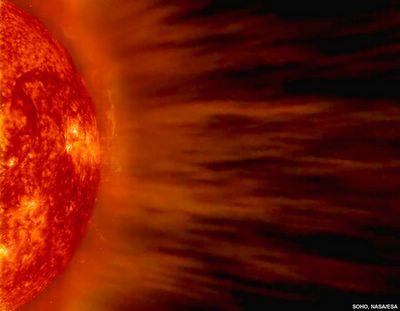
Major discovery' from MIT primed to unleash solar revolution
Daniel G. Nocera, the Henry Dreyfus Professor of Energy at MIT, has developed a simple method to split water molecules and produce oxygen gas, a discovery that paves the way for large-scale use of solar power.

MIT researchers have developed a new catalyst, consisting of cobalt metal, phosphate and an electrode. When the catalyst is placed in water and electricity runs through the electrode, oxygen gas is produced. When another catalyst is used to produce hydrogen gas, the oxygen and hydrogen can be combined inside a fuel cell, creating carbon-free electricity to power a house or an electric car, day or night.

With Daniel Nocera's and Matthew Kanan's new catalyst, homeowners could use their solar panels during the day to power their home, while also using the energy to split water into hydrogen and oxygen for storage. At night, the stored hydrogen and oxygen could be recombined using a fuel cell to generate power while the solar panels are inactive.
